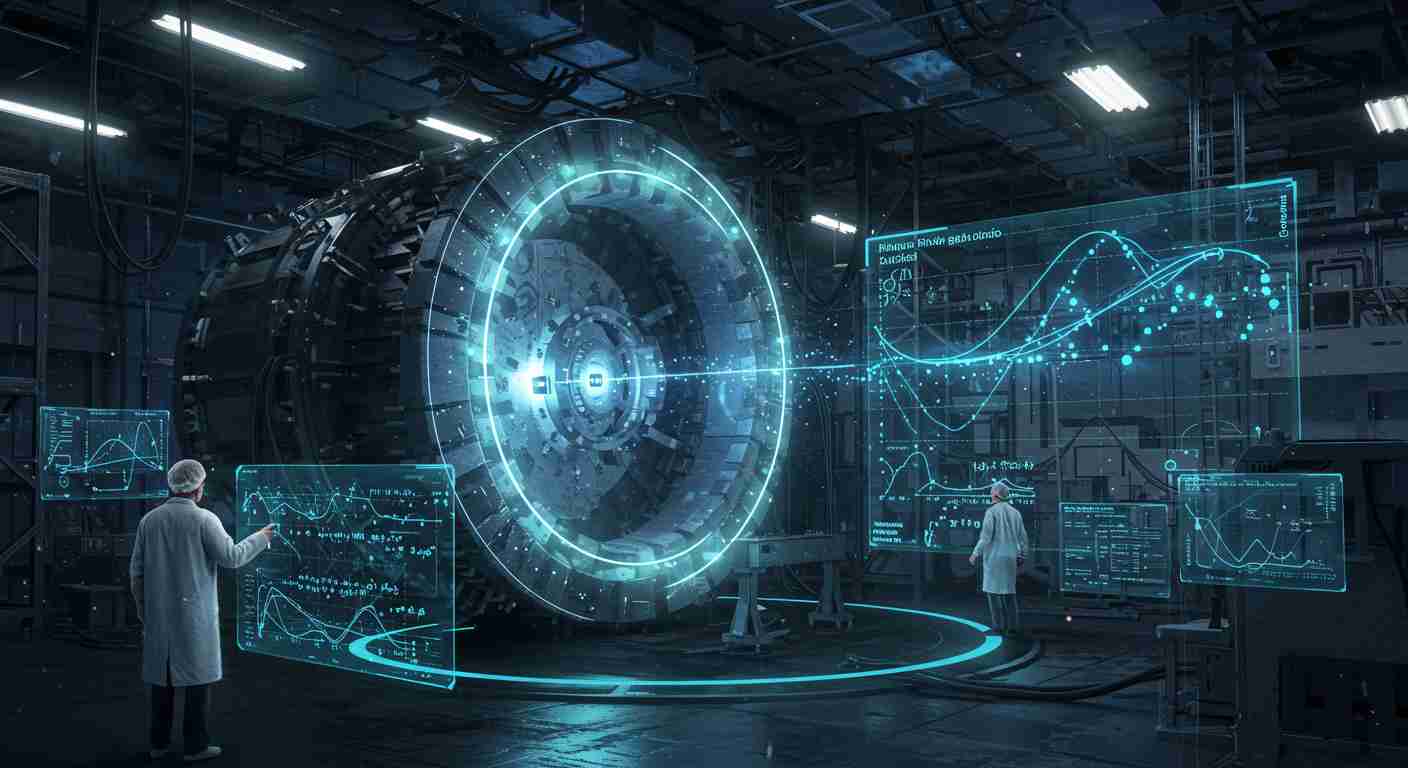- Quantum physics has inspired many to imagine, cause in the world of quantum storytelling, reality is just a suggestion.
Filmmakers have long been intrigued by the stories that defy logic, yet they found a way to navigate all that and come up with something quite extraordinary, one that invokes imagery and one that leaves one asking questions about reality.
Instead of relying on magic, they came up with something even better quantum physics, which deals with the behavior of matter and energy at the atom and sub atomic level.
Basically saying that the quantum mechanics changes the very fabric of reality. These mind blowing principles have become a goldmine for filmmakers, shaping narratives that explore nonlinear timelines, parallel worlds and unimaginable possibilities.
Why use quantum physics in filmmaking? Well it offers a fascinating blend of science, philosophy and storytelling possibilities.
There are several factors that influenced filmmakers to use quantum physics. The first is mind bending concepts, quantum physics challenges our understanding of reality with ideas, like entanglement, superposition multiple realities, wave particles duality etc.
Such ideas inspired the exploration of alternate realities which deals with different timelines and time travels. Secondly, its complexity of quantum physics providing a space for filmmakers to experiment with nonlinear storytelling.
Movies like the Intersellar integrate its properties to create unique cinematic experiences. Furthermore, it raises questions about existence, perception and determinism.
For example, the Matrix movie quantum mechanics inspired ideas challenging one to think that the reality we live in may not necessarily be the actual reality. It sparks up curiosity and imagination, thus mirroring quantum theories, observations and measurements.
Lastly, it provides a scientific foundation for visual effects, be it shrinking into the quantum realm like showcased in Ant-man, or bending space time like in Doctor Strange. Quantum physics offers breathtaking imagery thus filmmakers use it in their works.
Though the question we should be asking is how quantum physics has shaped the natural order of filmmaking today. It has done so in several profound ways.
First, it raises questions about perception—pushing the boundaries of how we view reality. Often, we’re hesitant to imagine or think beyond the conventional, but quantum physics opens the door to our wildest and deepest imaginations, even if just briefly.
This freedom of thought has greatly influenced the way filmmakers craft stories that challenge audiences to think differently.
Additionally, quantum theory has popularized concepts like the multiverse and parallel realities, which have become staple themes in modern fiction.
These ideas allow for the existence of multiple realities, offering storytellers the freedom to create complex, layered, and interconnected storylines that captivate audiences.
Quantum physics also challenges the traditional cause-and-effect structure of storytelling. It enables the use of multiple timelines in a single narrative, surpassing the expectations of a standard linear film and giving rise to more dynamic and unpredictable plotlines.
Moreover, quantum thinking has inspired interactivity and AI-driven narratives. Storytelling has evolved to include viewer choice and consequence, a technique widely used in video games and AI-generated content.
This approach mirrors the uncertainty inherent in quantum mechanics, making stories more immersive and personalized for audiences.
Quantum physics has inspired many to imagine, cause in the world of quantum storytelling, reality is just a suggestion.


-1766009103-md.jpeg)





-1766009103-sm.jpeg)



